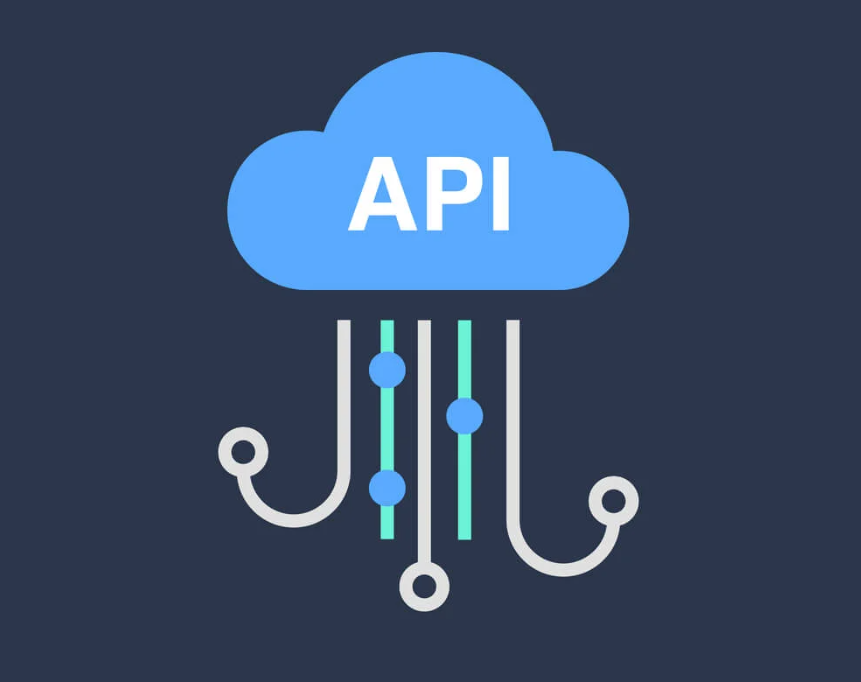
Introduction
In today’s interconnected digital landscape, Application Programming Interfaces (APIs) play a crucial role in enabling communication between different software systems. As APIs become more integral to application functionality, ensuring their reliability and security through rigorous testing is paramount. This article explores the essentials of API testing, including its importance, methodologies, tools, and best practices.
The Importance of API Testing
APIs act as the bridge that connects different software systems, facilitating data exchange and interoperability. Ensuring that these APIs are thoroughly tested is vital for maintaining the stability and security of applications. Engaging a professional API testing company can help ensure that APIs are robust and function as expected, reducing the risk of failures and security breaches.
Types of API Testing
API testing can be categorized into several types, each focusing on different aspects of the API’s functionality and performance:
- Functional Testing: Ensures the API performs its intended functions correctly.
- Load Testing: Evaluates the API’s performance under various load conditions to ensure it can handle peak traffic.
- Security Testing: Identifies potential security vulnerabilities within the API.
- Penetration Testing: Simulates cyber-attacks to assess the API’s defenses.
- Validation Testing: Confirms that the API meets business requirements and specifications.
- UI Testing: Examines how the API interacts with the user interface.
- Interoperability Testing: Verifies that the API works seamlessly with other APIs and systems.
Core Concepts in API Testing
Endpoints
Endpoints are the specific URLs where APIs interact with the system. Each endpoint represents a distinct function or resource within the API.
Methods
API methods define the type of action being performed. Common methods include:
- GET: Retrieves data from the server.
- POST: Sends data to the server to create a new resource.
- PUT: Updates an existing resource on the server.
- DELETE: Removes a resource from the server.
Headers
Headers provide additional context or information with the request or response, such as content type and authorization tokens.
Payload
The payload, or body, contains the data being sent to or received from the server, typically formatted in JSON or XML.
Benefits of API Testing
API testing offers several significant benefits:
- Early Bug Detection: Identifying issues early in the development process can reduce the cost and effort required for fixes.
- Comprehensive Test Coverage: Testing at the API level provides extensive coverage of the application’s functionality.
- Accelerated Development: Automated API testing provides rapid feedback to developers, enabling faster iterations and shorter release cycles.
- Improved Security: Rigorous API testing helps uncover security vulnerabilities, ensuring sensitive data is protected.
Essential Tools for API Testing
Numerous tools can facilitate effective API testing, ranging from simple utilities to comprehensive testing platforms. Some popular API testing tools include:
- Postman: Widely used for testing APIs, offering a user-friendly interface for creating and executing API requests.
- SoapUI: A powerful tool for testing SOAP and REST APIs, providing advanced features like automated testing and mocking.
- JMeter: An open-source tool primarily used for performance testing, but also capable of functional API testing.
- RestAssured: A Java-based library for testing RESTful APIs, integrating seamlessly with testing frameworks like JUnit and TestNG.
- Swagger: A suite of tools for API development, including documentation, testing, and mocking capabilities.
- Katalon Studio: An all-in-one solution for API, web, mobile, and desktop application testing.
- Assertible: A tool focused on reliability, providing continuous testing and monitoring of APIs.
Best Practices for API Testing
To ensure effective API testing, it is important to follow best practices that enhance the quality and reliability of your tests:
- Plan Your Tests: Start by defining clear objectives and requirements for your API testing process. This will guide the creation of comprehensive test cases.
- Automate Where Possible: Use automation tools to create reusable test scripts, which can be executed repeatedly for consistent results.
- Validate All Possible Scenarios: Test all possible scenarios, including positive, negative, edge cases, and unexpected inputs, to ensure the API handles various situations gracefully.
- Focus on Performance and Security: Prioritize performance and security testing to ensure the API can handle high traffic and is protected against potential threats.
- Monitor and Maintain: Continuously monitor your APIs for any changes or issues that may arise and regularly update your test cases to accommodate new functionalities.
Conclusion
API testing is an essential component of modern software development, ensuring that APIs function correctly, perform well under load, and are secure against potential threats. By leveraging professional API testing services and following best practices, organizations can ensure their APIs meet the highest standards of quality and reliability. Devcom provide expert API testing services, helping businesses navigate the complexities of API testing and achieve their development goals. As technology continues to evolve, staying abreast of emerging trends and incorporating advanced testing methodologies will be key to maintaining robust and secure APIs. Effective API testing not only improves the quality and reliability of software applications but also contributes to faster development cycles and enhanced security, making it an indispensable practice in today’s software development landscape.






















